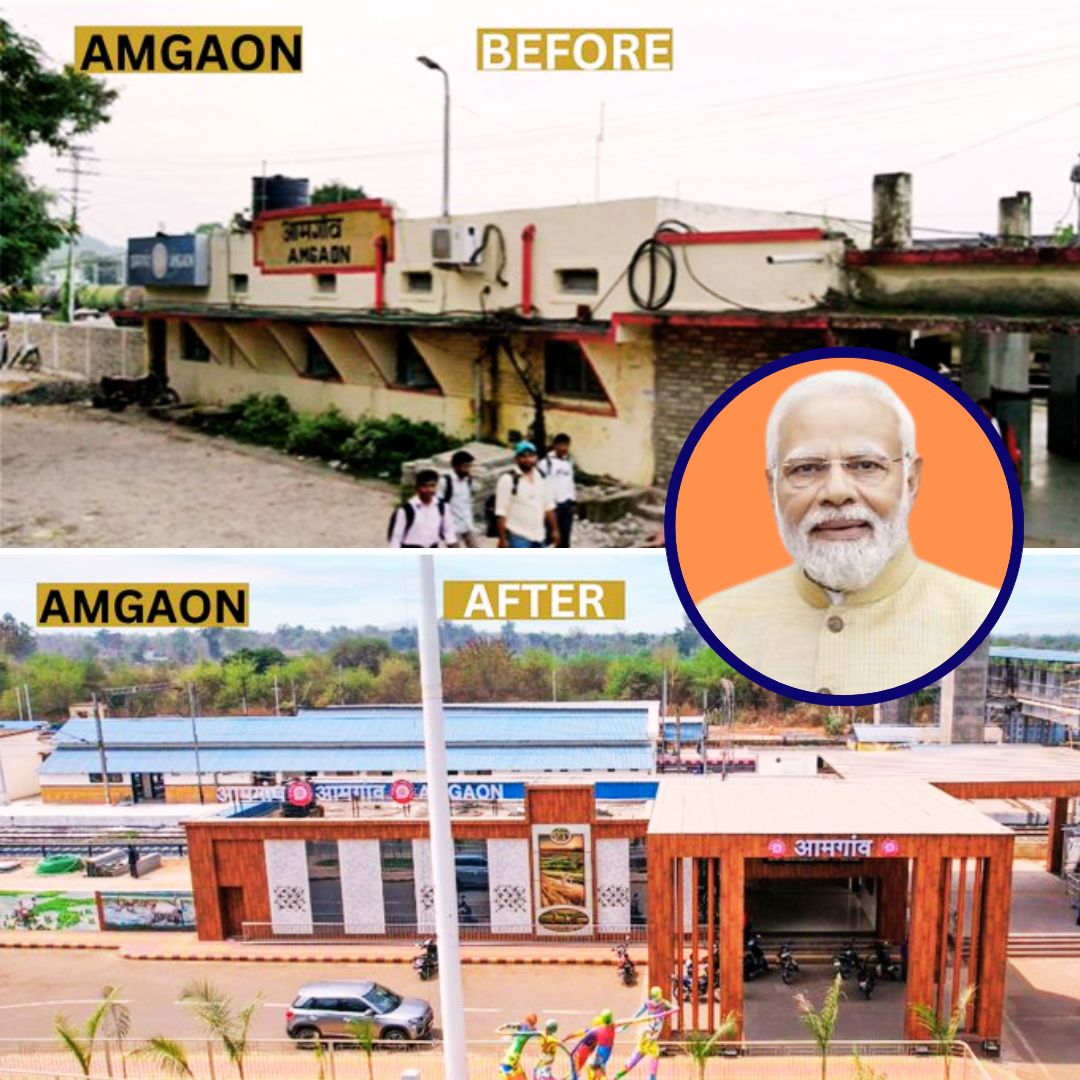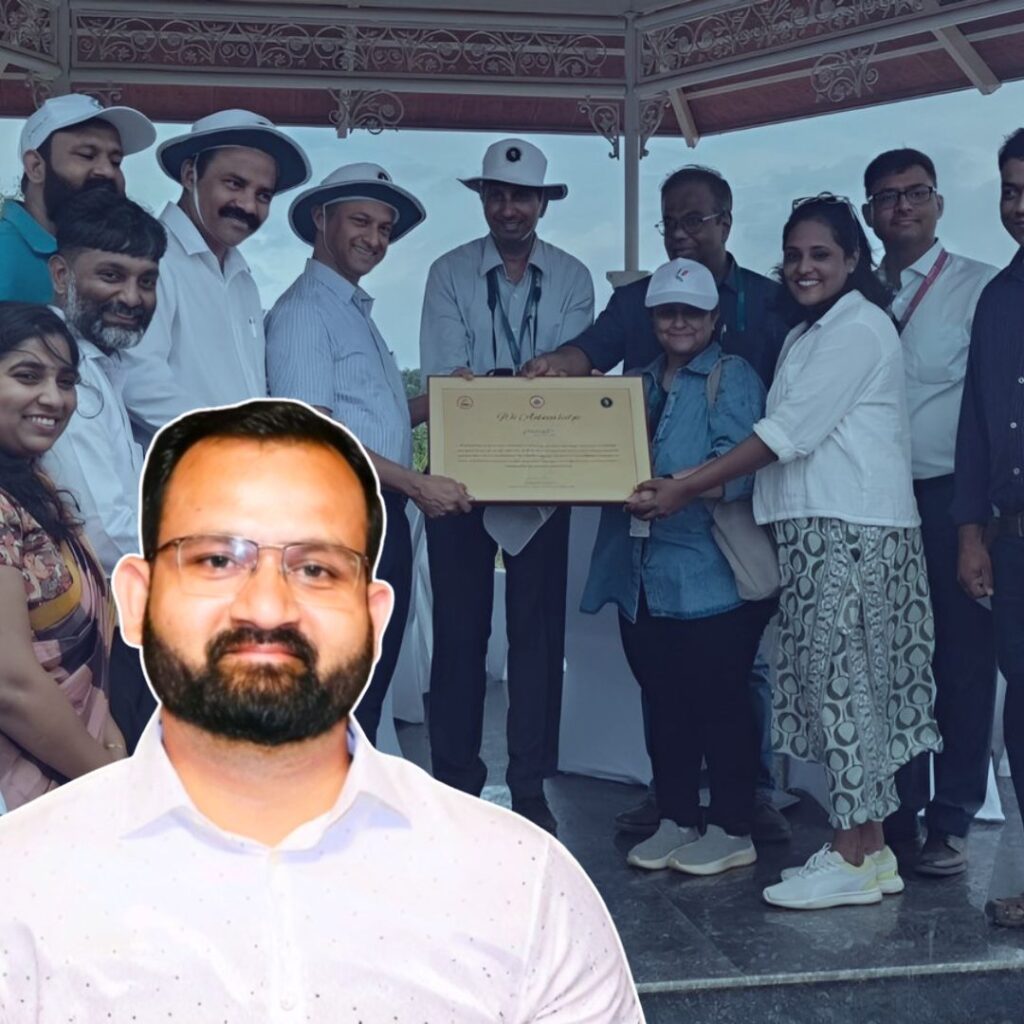On May 22, 2025, Prime Minister Narendra Modi inaugurated 103 newly redeveloped railway stations across 86 districts in 18 states and union territories under the ambitious Amrit Bharat Station Scheme (ABSS).
This large-scale redevelopment, completed at a cost exceeding ₹1,100 crore, aims to transform Indian Railways by providing modern, passenger-friendly amenities, enhanced accessibility for Divyangjan (persons with disabilities), and designs that reflect the unique cultural heritage of each region.
The project is part of a broader plan to upgrade over 1,300 stations nationwide by 2027, with another 100 stations expected to be completed within the next eight months. Railway officials, including Minister Ashwini Vaishnaw, emphasised that these upgrades will significantly improve commuter experience, promote sustainability, and stimulate local economies.
A Modern Makeover: Blending Heritage, Comfort, and Sustainability
The 103 redeveloped stations now feature state-of-the-art facilities akin to those found in airports, including spacious and well-lit waiting halls, clean and hygienic restrooms, lifts, escalators, and digital information boards that provide real-time updates on train schedules.
Special attention has been paid to ensuring accessibility for Divyangjan, with tactile pathways, ramps, and dedicated parking spaces. Environment-friendly features such as rainwater harvesting systems, solar panels, and energy-efficient lighting have been incorporated to promote sustainability.
Stations like Deshnoke in Rajasthan and Munirabad in Karnataka stand out with murals and architectural motifs inspired by local art and culture, creating a unique sense of place for travellers. Prime Minister Modi tweeted, “The Amrit Bharat Stations are a reflection of India’s rich heritage and our commitment to world-class infrastructure.”
The South East Central Railway (SECR) noted that these stations will not only serve as transit points but also as vibrant hubs for cultural, social, and economic activities, enhancing the overall community experience.
Transforming India’s Railways in Phases: Connecting Communities and Boosting Growth
The Amrit Bharat Station Scheme adopts a phased and customised redevelopment approach, with each station’s upgrade tailored to its geographic, demographic, and economic context. For example, in Chhattisgarh, 32 stations are being modernised to better connect remote and industrial regions, thereby facilitating tourism and local commerce.
The scheme also integrates initiatives like ‘One Station One Product’, which promotes the sale of local handicrafts and products at stations, directly benefiting regional artisans and small businesses. Alongside station redevelopment, the government is advancing complementary projects such as electrification of nearly 1,000 km of railway tracks and launching new express train services to improve connectivity.
Railway Minister Ashwini Vaishnaw highlighted that these efforts collectively aim to make stations gateways to cities and towns, reflecting both modernity and tradition. By 2027, over 1,300 stations are expected to be upgraded under ABSS, signalling a long-term commitment to transforming India’s railway infrastructure.
Think you know Indian railway stations? Think again.
— MyGovIndia (@mygovindia) May 21, 2025
Voices from the ground say it all — sparkling clean water, accessible toilets, smart lifts, sleek lighting, green corners, and a whole new vibe! 🚆
103 stations, fully upgraded. This isn’t just a better commute — it’s the… pic.twitter.com/fE38XehW09
The Logical Indian’s Perspective
The inauguration of 103 Amrit Bharat Stations marks a pivotal moment in India’s journey toward inclusive, sustainable, and culturally resonant public infrastructure. By combining modern amenities with local heritage and prioritising accessibility, this initiative exemplifies how infrastructure development can foster social cohesion and economic upliftment simultaneously.
The Logical Indian applauds the government’s vision to create railway stations that are not merely transit points but vibrant community spaces that celebrate India’s diversity. However, true success will depend on ensuring that such developments are equitable and reach every corner of the country, including rural and underserved areas. As India’s railways continue to modernise, how can citizens, policymakers, and communities collaborate to maximise the social and economic benefits of such projects?
Over 100 redeveloped railway stations under the Amrit Bharat Station Scheme will be dedicated to the nation on May 22.
— 🇮🇳 Amαr (@Amarrrrz) May 19, 2025
The scheme, launched in 2021, aims to modernise over 1,300 stations with modern amenities, regional architectural designs, and enhanced passenger facilities. pic.twitter.com/tFAAqpOkHx
A new era of comfortable, clean, and commuter friendly travel begins!
— Ministry of Information and Broadcasting (@MIB_India) May 20, 2025
Revamped stations across India are transforming travel, driving regional growth, improving logistics, and making rail journeys more seamless.
Redevelopment of these stations under the Amrit Bharat Scheme is… pic.twitter.com/AqAqXA40Qu
Where Stations Tell India’s Story!
— MyGovIndia (@mygovindia) May 21, 2025
You’re at an Amrit Bharat Station — where every platform whispers history and every wall echoes culture.
From temple-inspired architecture in Deshnoke to Madhubani art in Thawe, India’s railway stations are turning into living galleries of our… pic.twitter.com/lIjeILOoYg












